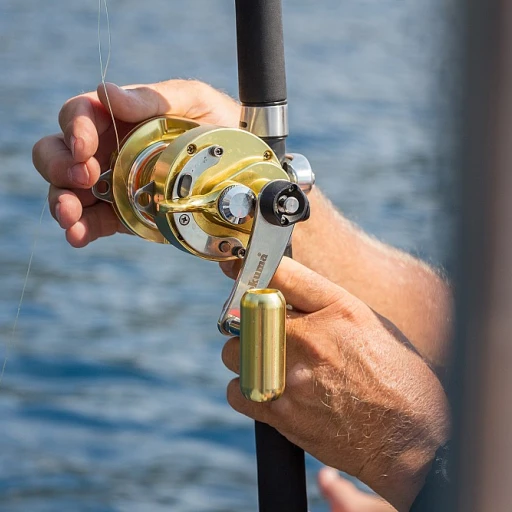Understanding the 3-Way Swivel
Decoding the Mechanics of a 3-Way Swivel
To master the art of using a 3-way swivel in fishing, you must first understand the fundamentals of this versatile tool. A 3-way swivel is a small, yet crucial part of your tackle box that plays a significant role in enhancing your fishing experience. A typical 3-way swivel consists of three rings with one main ring connected to two others. This design allows for multiple lines to be attached to a single swivel, enabling a wide range of rigging options. Whether you're fishing in freshwater or saltwater, a 3-way swivel can help you efficiently manage your setups. The swivel's high-strength properties cater to handling various lbs of fish effortlessly. Available in various materials like black nickel, stainless steel, and even black, these swivels are built to withstand the tough demands of fishing environments. Opting for a stainless steel or black nickel swivel ensures durability against corrosion, especially during saltwater fishing. Typically, you'll find options with balls bearing or heavy-duty product features in the market, ensuring low friction and smooth operation during your fishing expedition. The mechanics of a 3-way swivel also take into account the turn swivel design; this ensures your fishing line doesn't tangle and provides increased flexibility. With barrel swivels or snap swivels as part of your tackle, you can achieve a balance between strength and versatility. Turn capabilities are further enhanced by attached glow beads, allowing any attached bait or lure to be more attractive to potential catches. Moreover, integrating crane swivel or ball bearing swivels in your setup can significantly reduce line twist and improve your overall fishing strategy. As a product, the 3-way swivel is an economical investment, with pcs options suiting both budget and need. This makes the 3-way swivel a key component of any serious angler's inventory management strategy, continually supporting high-strength requirements in challenging fishing conditions. Explore more about how a 3-way swivel can enhance your fishing experience.Advantages of Using a 3-Way Swivel
Why a 3-Way Swivel Stands Out
The advent of the 3-way swivel has been a game changer in the world of fishing tackle, offering recreational fishermen numerous benefits that streamline the fishing process and enhance the experience substantially.- Versatility: One of the standout features of using a 3-way swivel is the ability to adapt to different fishing conditions, whether engaging in saltwater or freshwater fishing. It seamlessly connects various parts of your tackle, be it crankbaits, snap swivels, or glow beads.
- Strength and Durability: The high-strength stainless steel material, commonly featuring black nickel coatings, ensures durability while bearing the weight of those larger catches. This characteristic is crucial when targeting heavier fish, as it minimizes wear and tear, allowing for high performance over time. Some brands even provide heavy-duty pcs options for additional resilience.
- Reduction of Line Twist: A significant advantage to employing a 3-way swivel in your setup is its capability to minimize line twist. Each barrel swivel or crane swivel can rotate independently, allowing for a seamless turn that prevents the frustrating line tangles that can occur with traditional setups.
- Flexibility Across Techniques: Whether you're casting for bass using a turn swivel in the lake or employing a three swivel setup in deep sea environments, the 3-way swivel provides the requisite flexibility in your rig. Pairing it with the right size and strength options will allow you to customize your strategy according to specific environmental challenges.
- Cost-Effective: Given their durability and effectiveness, 3-way swivels offer great value for money. Whether opting for budget-friendly plastic finishes or investing a bit more in stainless variants, the price options are designed to fit within diverse budgets while still delivering performance.
Selecting the Right 3-Way Swivel for Your Needs
What to Consider When Selecting Your Swivel
Choosing the right 3-way swivel can greatly influence your fishing success. With a variety of options available, it’s essential to pay attention to a few key factors to ensure your tackle supports your fishing goals effectively.
Firstly, consider the material. Swivels are commonly made from materials like stainless steel or black nickel, both of which offer high strength and ensure durability in both saltwater fishing and freshwater environments. Stainless steel, in particular, resists corrosion, making it an ideal choice for extends longevity.
- Size and Strength: Opt for the appropriate size based on the fish species you are targeting. Smaller swivels may work well for lighter setups, while heavy-duty options are suitable for larger catches. Ensure the product meets the required lbs strength to handle the weight of your target fish.
- Swivel Type: You can choose from a variety of swivel designs, such as barrel swivels, ball bearing swivels, or crane swivels. Each design has its advantages. For example, barrel swivels are simple and cost-effective, while ball-bearing swivels allow for more smooth turns, reducing line twists.
- Additional Features: Some swivels come with snap swivels or glow beads for enhanced visibility. Assess if these features align with your fishing needs.
Understanding these considerations allows you to make an informed decision, matching your swivel choice to your fishing strategy effectively. Whether dealing with bluewing pcs or managing your inventory management of tackle, the right choice ensures preparedness for any fishing scenario.
If you're looking to maximize your gear's performance, consider integrating a braided line for backing on your fly fishing reel to harmoniously complement your tackle setup. Learn more about braided line backing advantages here.
Techniques for Rigging with a 3-Way Swivel
Strategic Approaches to Rigging
Utilizing a 3-way swivel in your tackle arsenal can transform your fishing game, allowing for effectively managing multiple lines simultaneously. Mastering various rigging techniques ensures you are versatile across both saltwater and freshwater fishing environments.
- Fillet Rigging: For anglers targeting larger fish species leveraging the strength of heavy-duty stainless steel swivels, a fillet rig occupies a top spot. It involves attaching two leaders to the swivel: one holding the bait and the other a weight. This setup stabilizes the bait, maintaining a natural drift even in currents.
- Bottom Rigging: When aiming for bottom-dwelling fish, attaching a drop leader to the swivel's side ring, securing your bait at a specific depth, ensures it remains within a tempting range. Lightweight options priced affordably can still offer high strength, enhancing the durability against strong currents and potential hazards.
- Barrel Swivel Inclusion: Incorporating a black nickel barrel swivel between your main line and weight reduces line twist, especially useful in environments with high turbidity. This technique ensures your line remains untangled, giving you uninterrupted time to enjoy the fishing experience.
Each of these techniques capitalizes on the 3-way swivel’s ability to handle multiple lines and adjust to varying conditions, proving its superiority over conventional setups. The strategic use of these rigs improves your chances of reeling in coveted catches.
Common Mistakes and How to Avoid Them
Avoiding Common Missteps with 3-Way Swivels
When utilizing a 3-way swivel in your fishing setup, it’s essential to ensure that your approach is fine-tuned to avoid some prevalent mistakes that can undermine your efforts. Missteps with this versatile piece of tackle often stem not from the product itself, but from how it is used.- Choosing the Wrong Size: The selection of the appropriate size is crucial. A swivel that's too large can offer unnecessary bulk, potentially scaring away skittish fish, particularly in clear freshwater conditions. Conversely, a swivel that's too small may not provide the strength required when targeting larger saltwater species, unable to handle the lbs pull of high-strength options.
- Ignoring Material Compatibility: Swivels come in materials such as stainless steel and black nickel. Stainless steel offers rust-resistance for saltwater fishing, while black nickel is often used for freshwater because of its subdued appearance.
- Overlooking Strength Requirements: Fish size and environment require you to match the express strength of your swivel. Heavy duty options are suitable in marine settings where the fight with a fish might test your tackle’s resilience.
- Poor Rigging Techniques: Proper rigging can make a significant difference. Ensure that all knots are securely tied and check for any weak points in your line connection. Using the correct knot to connect your swivel reduces the risk of losing fish.
- Not Accounting for Movement: Remember, 3-way swivels are designed to minimize line twist and offer unhindered movement. Incorporate barrel swivels or crane swivels for better rotation, ensuring that your setup doesn’t lead to a tangled mess during retrieval.
Enhancing Your Fishing Strategy with 3-Way Swivels
Boosting Your Catch with Smart Techniques
Incorporating 3-way swivels into your tackle can significantly enhance your fishing strategy. By allowing multiple lines to be attached without tangling, these swivels open up a variety of fishing applications. Whether you're angling in freshwater or taking on the challenges of saltwater fishing, the versatility of a 3-way swivel can be a game-changer.- Efficiency and Flexibility: Using swivels ensures that your line can turn freely, reducing line twist and enhancing the natural presentation of your bait. This can be particularly beneficial when targeting fish that are sensitive to unnatural movements.
- Adaptable Options: The market offers a wide range of swivels, from small stainless steel swivels to heavy-duty options that can handle high lbs ratings, ideal for catching large fish. Companies like Bluewing provide ample choices, ensuring you can find the right swivel for both saltwater and freshwater environments.
- Tackling Different Scenarios: With barrel, snap, and ball bearing swivels available, you can optimize for specific fishing conditions. For instance, a barrel swivel might be suitable for situations requiring high strength, while a swivel with glow beads might be ideal for nighttime fishing.
- Inventory Management: To ensure you're always prepared, it's wise to maintain a diverse selection of swivels in your tackle box. Knowing the price points and inventory can save you time and enhance your efficiency during your fishing excursions.






-large-teaser.webp)
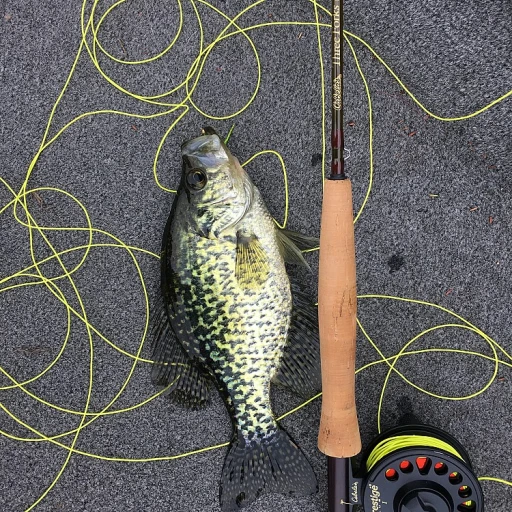
-large-teaser.webp)
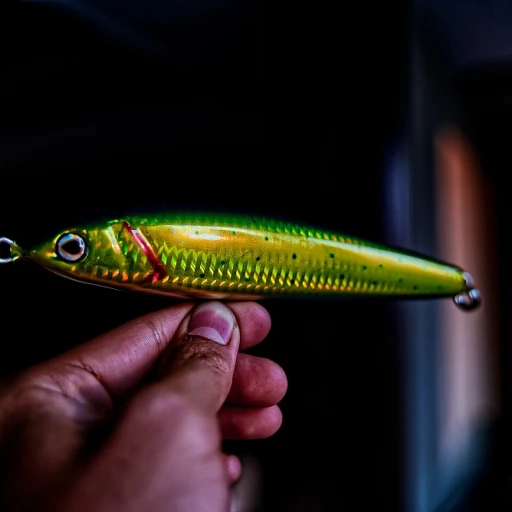
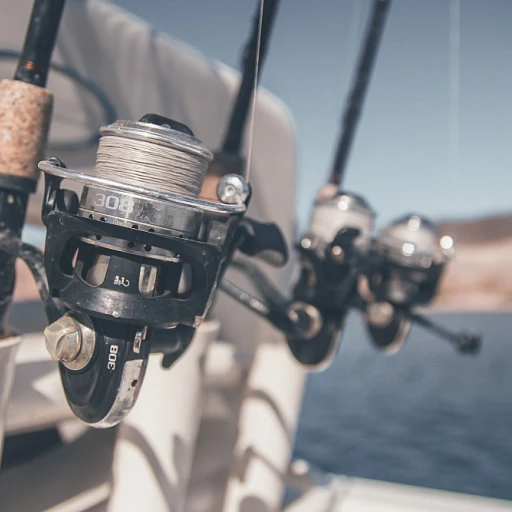
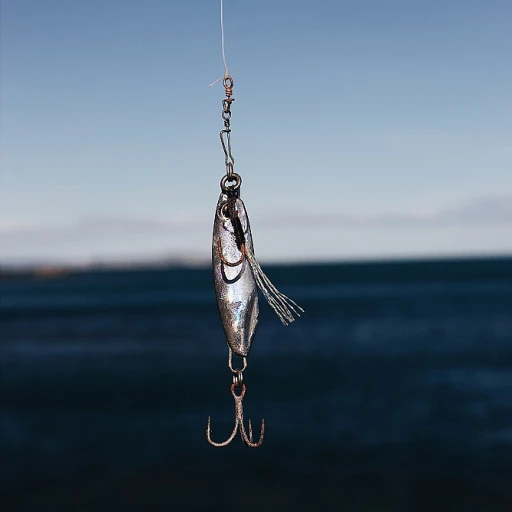
-large-teaser.webp)
